Causes of Dehydration in Seafood
By. Fajar - 03 Oct 2025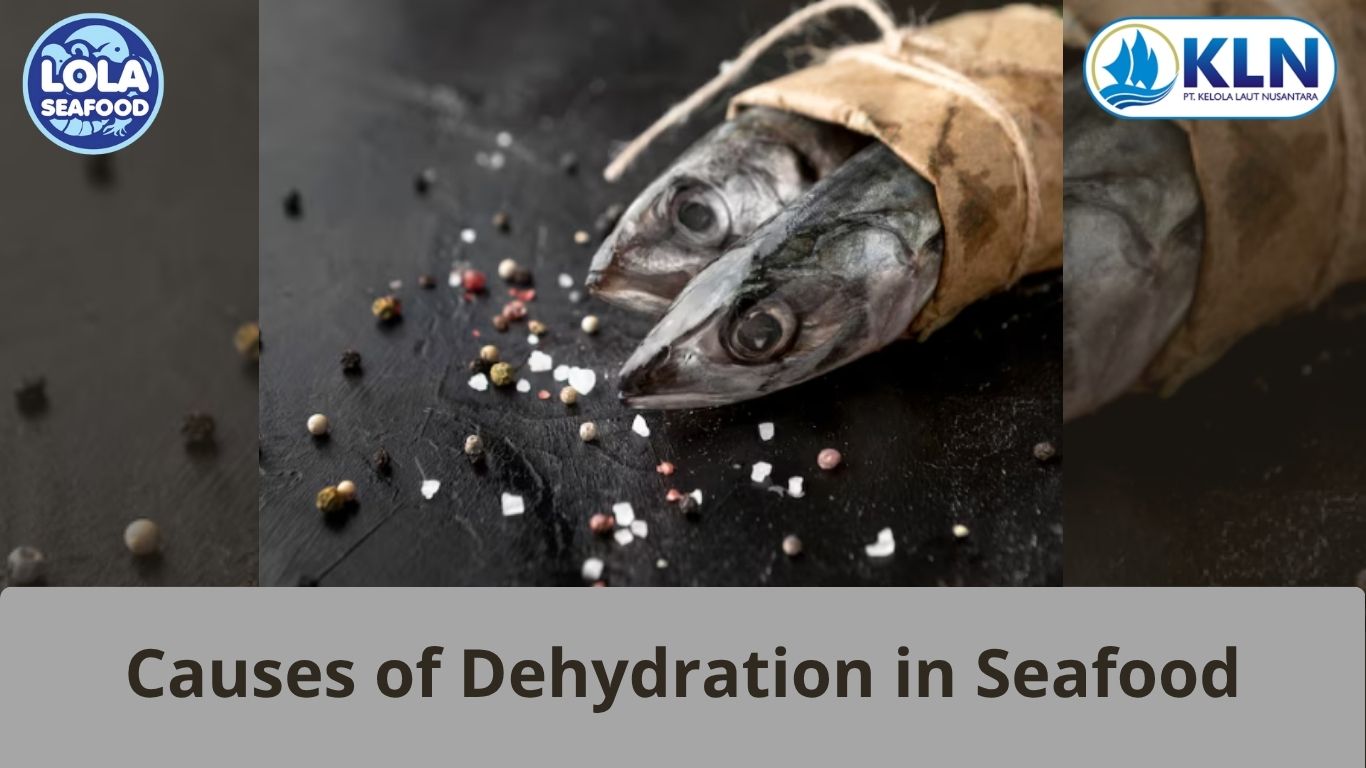
Kelolalaut.com Seafood is one of the most delicate and perishable food commodities, requiring strict control of handling, packaging, and storage conditions to maintain quality. One of the most common issues affecting seafood, especially during frozen storage, is dehydration—the unintended loss of moisture that leads to visible defects such as surface whitening, discoloration, and texture deterioration. Unlike intentional drying methods used for preservation, unintentional dehydration reduces market value and consumer acceptance. Understanding the causes of dehydration is essential for processors, retailers, and distributors to ensure that seafood reaches consumers in optimal condition.
Low Relative Humidity in Storage
Storage humidity plays a critical role in maintaining seafood quality. Frozen or refrigerated storage environments with insufficient relative humidity accelerate moisture loss, causing the surface of seafood to become dry and dull. When the surrounding air is too dry, water molecules from the seafood migrate outward, leading to dehydration. This is particularly problematic in cold storage facilities where humidity is not carefully controlled. Over time, even minor imbalances in humidity can cause significant surface damage and loss of product appeal.
Poor Packaging
Packaging acts as the first line of defense against moisture loss. Inadequate or non-moisture-resistant packaging allows water vapor to escape, resulting in gradual dehydration. Thin or porous packaging materials fail to provide sufficient barriers against sublimation—the process where ice crystals on the product surface turn directly into vapor. Once packaging integrity is compromised, seafood becomes vulnerable to freezer burn, discoloration, and textural decline. Properly designed packaging, such as multilayer films or vacuum-sealed bags, is therefore essential to minimize dehydration.
Temperature Fluctuations
Maintaining stable cold storage temperatures is crucial, as frequent thawing and refreezing cycles damage tissue structure and accelerate dehydration. When seafood is exposed to fluctuating temperatures, ice crystals within the muscle melt and refreeze into larger crystals. This not only breaks down cell membranes but also encourages ice sublimation, increasing water loss. The result is seafood with a dry, rubbery texture and visible freezer burn. Proper cold chain management from harvest to retail is vital to prevent these fluctuations and preserve product quality.
Extended Storage Periods
Time is another key factor in dehydration. The longer seafood remains in cold storage, the greater the risk of moisture loss, especially if packaging is weak or damaged. Even under optimal freezing conditions, prolonged storage allows sublimation to occur slowly but continuously, leading to cumulative water loss. This is why seafood producers and distributors aim to minimize storage duration and ensure quick turnover to maintain freshness and prevent visible defects associated with dehydration.
Improper Handling Practices
Human handling also plays an important role in dehydration. Exposure to open air during processing, transportation, or retail display accelerates surface moisture evaporation. For instance, seafood displayed without protective covering in retail settings may lose moisture rapidly due to air circulation in display freezers. Similarly, delays in packaging after processing can allow surface drying before the product is sealed. Training staff on proper handling procedures and ensuring quick, protective packaging can significantly reduce dehydration risks.
Combined Effects and Implications
In practice, dehydration in seafood often results from a combination of these factors rather than a single cause. For example, seafood stored for extended periods in low-humidity environments with poor packaging is particularly susceptible. The consequences go beyond aesthetics: dehydrated seafood suffers losses in texture, flavor, and consumer perception, ultimately reducing its market value. Export markets, where quality standards are stringent, often reject dehydrated products, leading to financial losses for producers.
Dehydration in seafood is a multifactorial issue influenced by low storage humidity, poor packaging, temperature fluctuations, extended storage periods, and improper handling practices. Each of these factors contributes to water loss, leading to visible and sensory defects that undermine product quality. By understanding these causes, the seafood industry can implement preventive measures such as moisture-proof packaging, controlled storage environments, stable cold chains, and proper handling protocols. Addressing the root causes of dehydration is essential for maintaining seafood freshness, extending shelf life, and ensuring consumer satisfaction in increasingly competitive global markets.
If youre interested in our Black Pomfret Portion Cut and Black Pomfret Whole Round please do not hesitate to contact us through email and/or Whatsapp
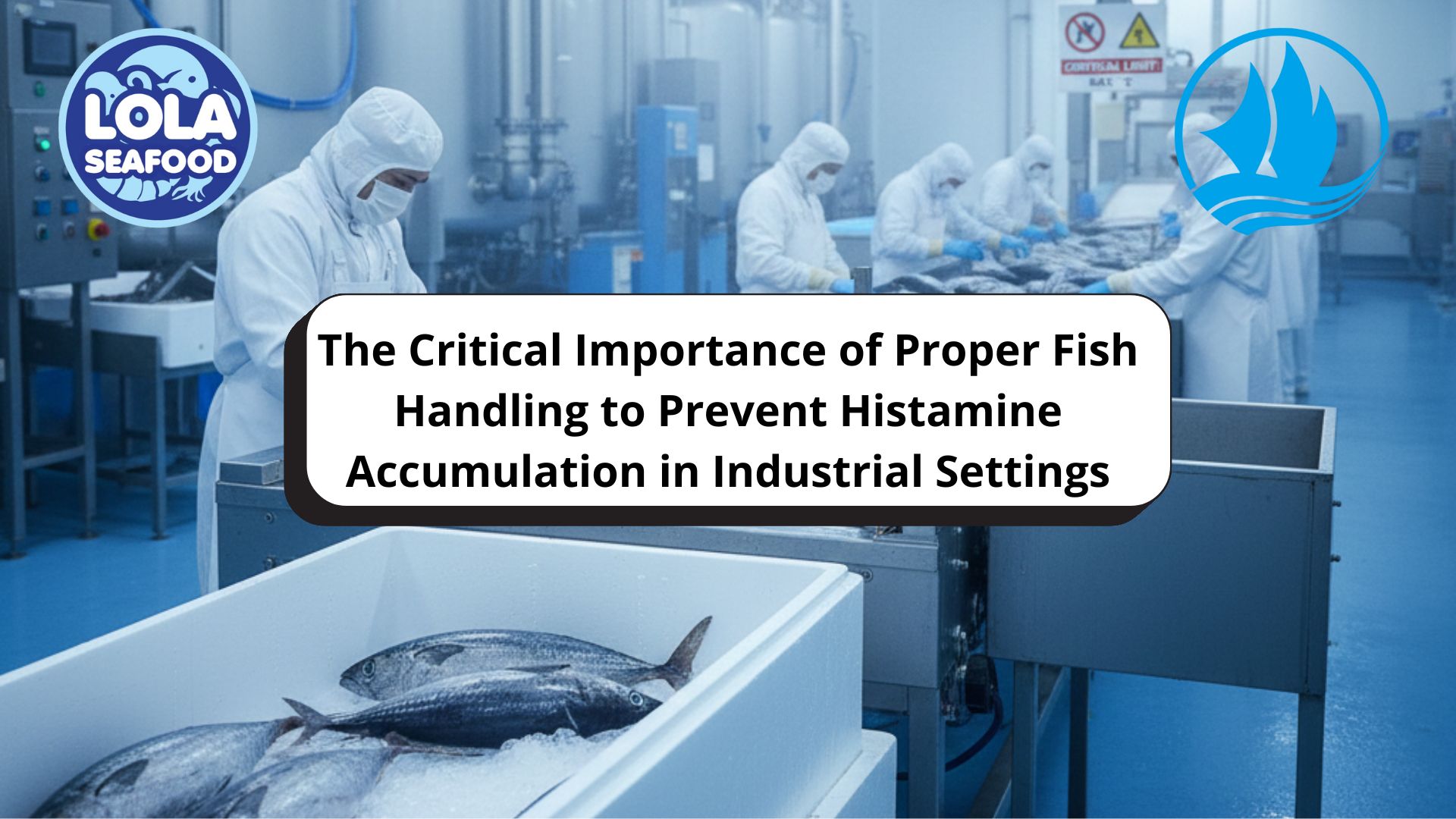
The Critical Importance of Proper Fish Handling to Prevent Histamine Accumulation in Industrial Settings
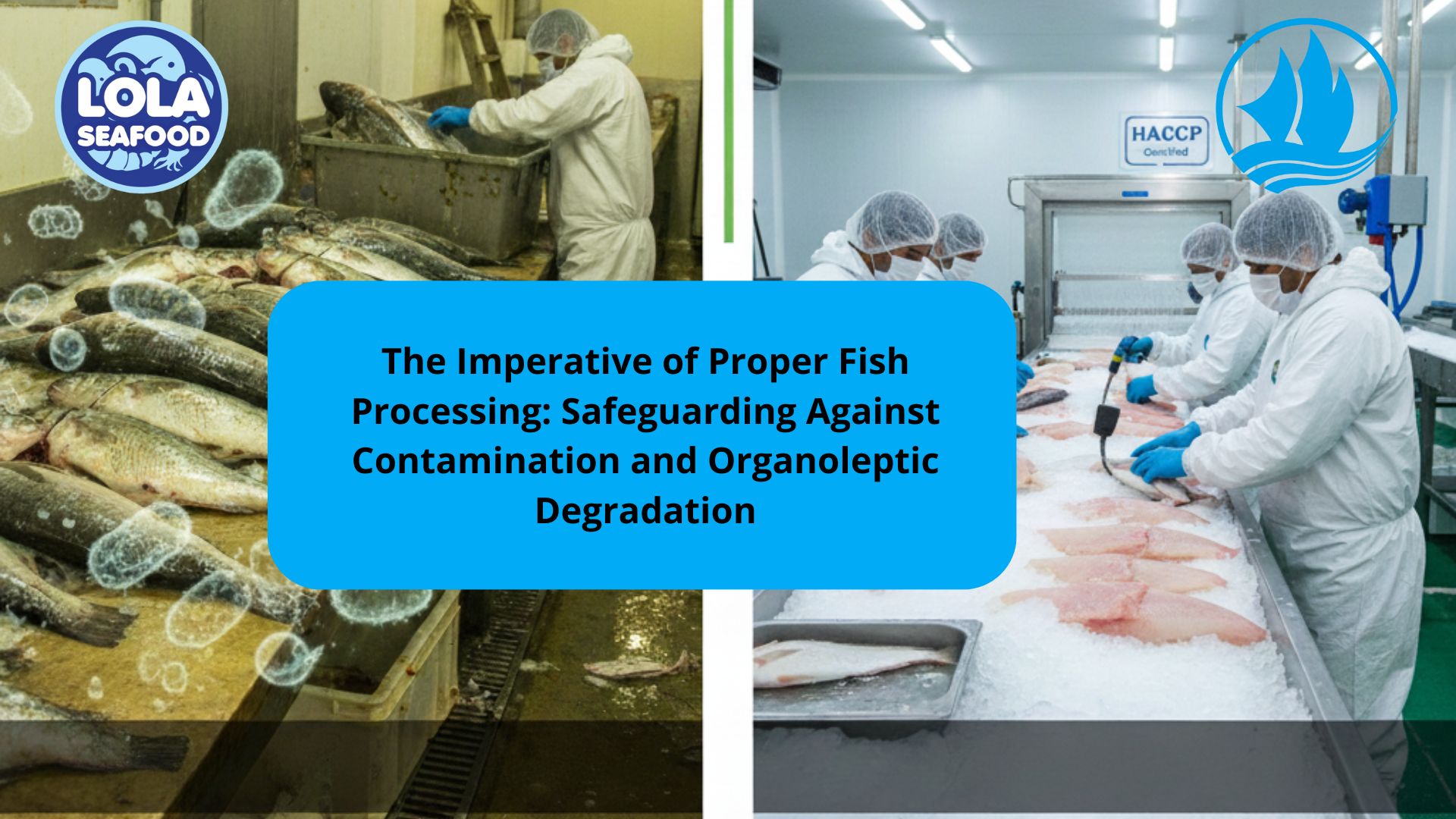
The Imperative of Proper Fish Processing: Safeguarding Against Contamination and Organoleptic Degradation
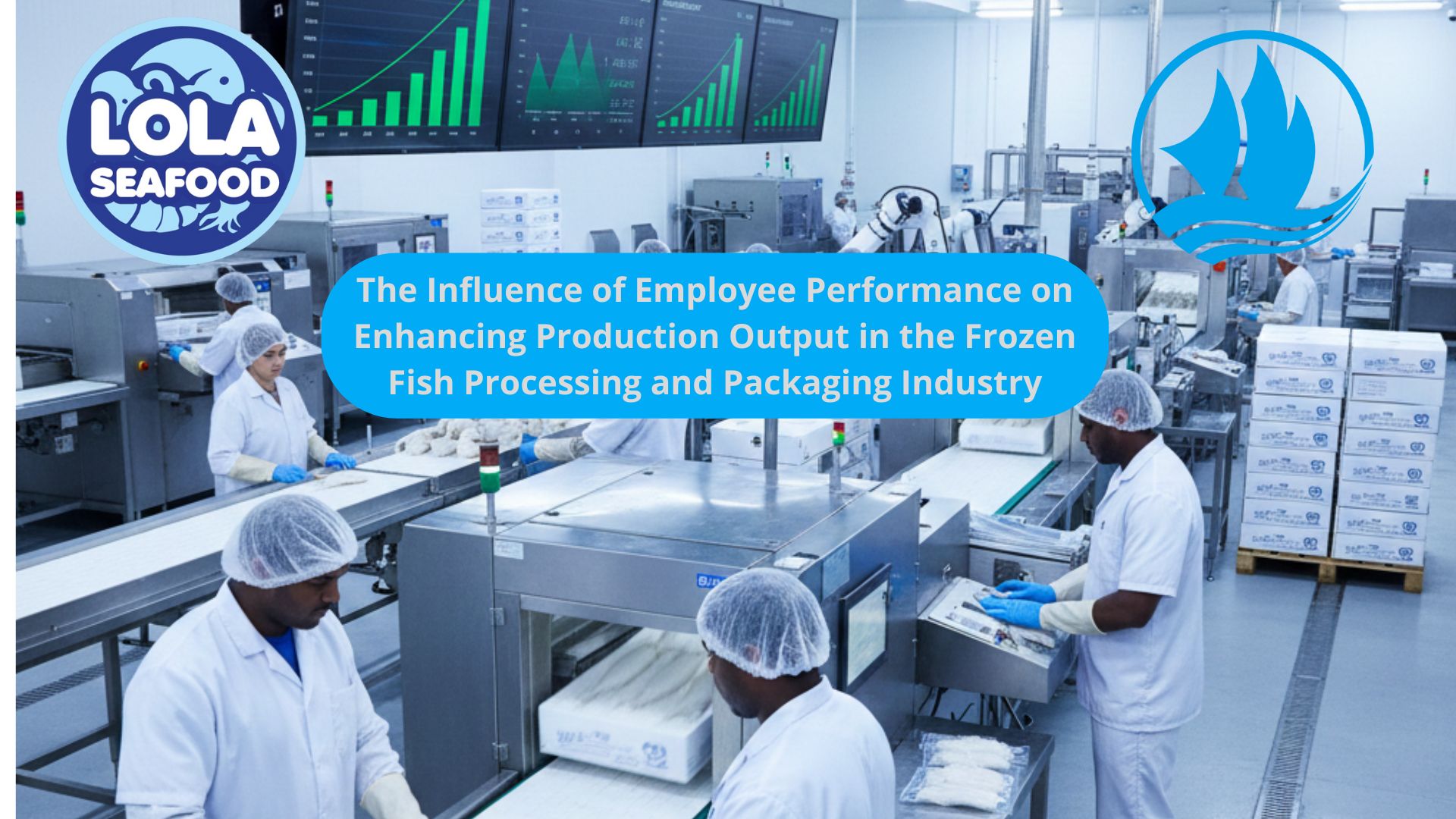

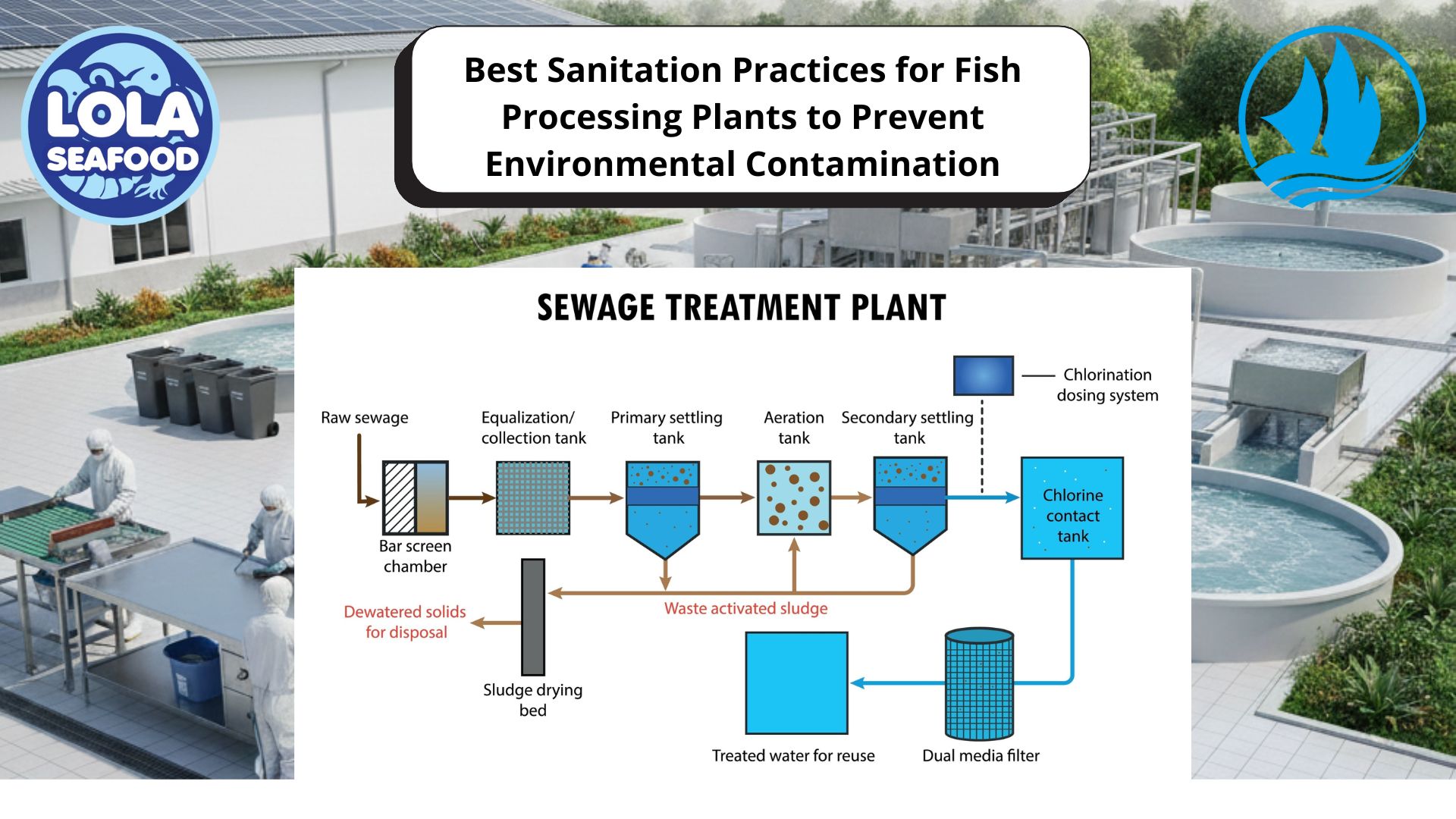

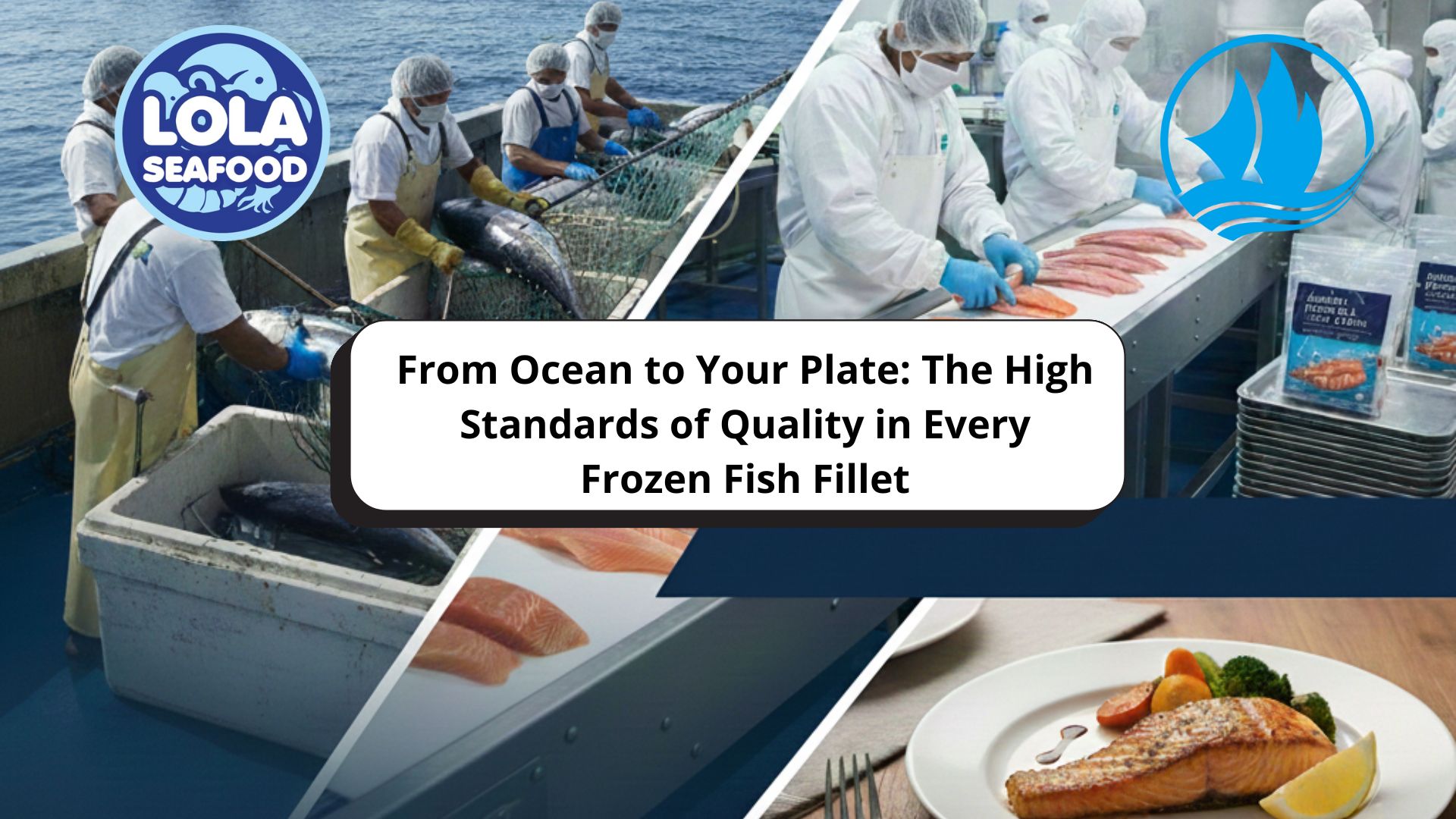

.jpg)